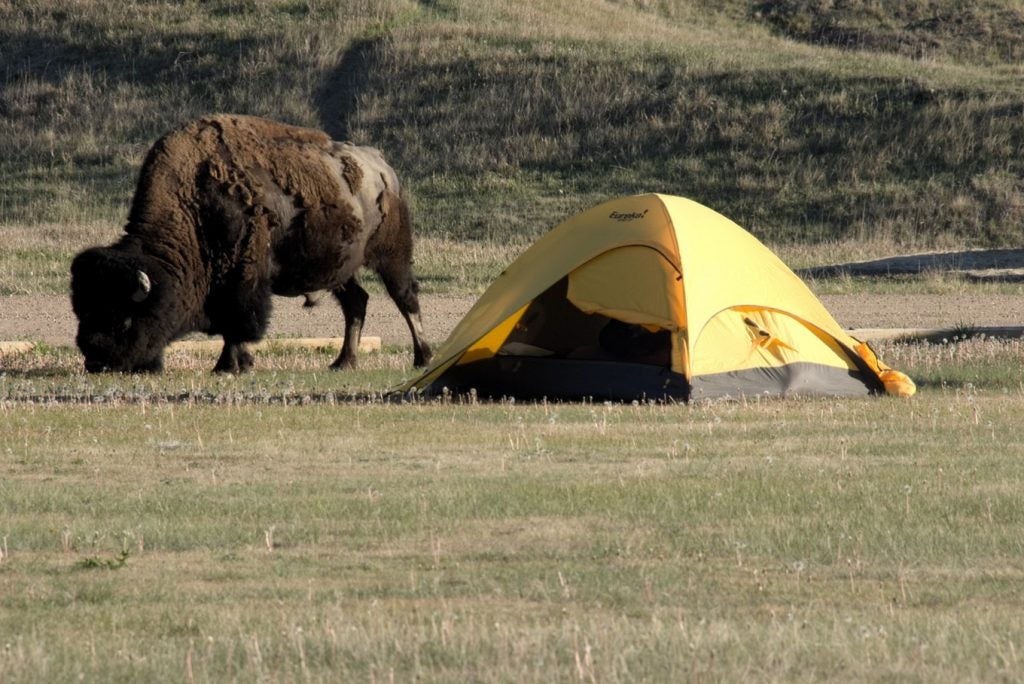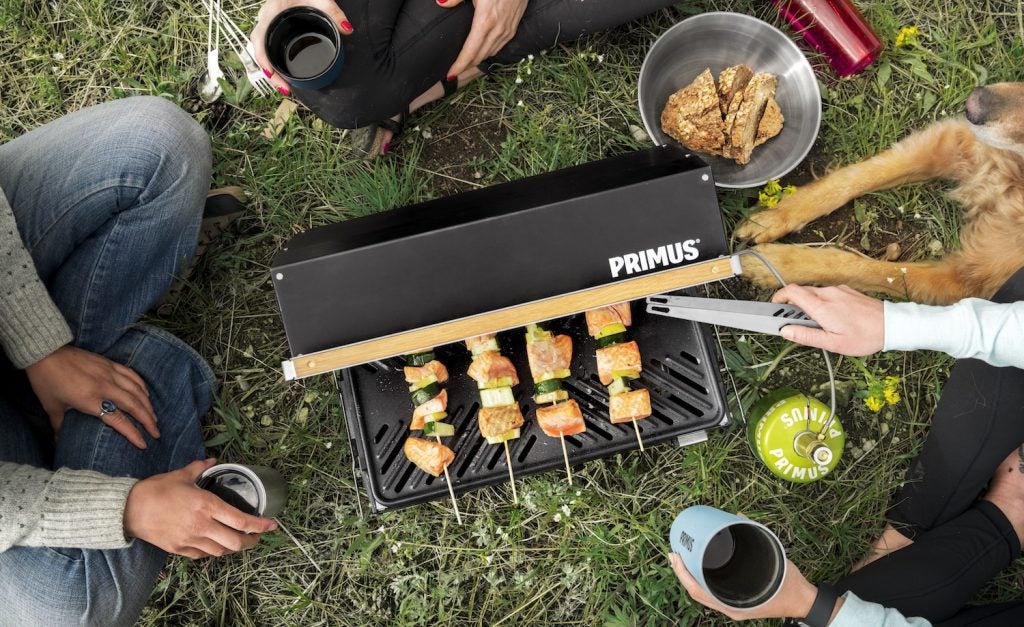There are plenty of videos out there debating whether or not barefoot trail running is as safe and effective as the traditional running in more protective shoes that most of us are used to. We aren’t here to persuade you one way or the other–you and your doctor and/or trainer know best if this is something you should pursue. That said, if you are down to give the barefoot lifestyle a shot, it’s important to educate yourself on the available apparel and techniques that will keep your feet happy and healthy.
Transform Your Barefoot Trail Running Technique
Minimalist shoe company Vivobarefoot has spent a lot of time studying barefoot running technique in order to develop and test its products, and they offer lots of helpful advice about how you can slowly adjust to this new style, even if your feet are used to lots of support. Studying the biomechanics of feet is what helped Vivobarefoot develop minimalist running shoes that protect your feet without altering the way you interact with the ground.
If you’re intrigued by the difference you see in the above video between the heel-strike pattern encouraged by a lot of traditional running shoes, you can start to delve more into what new cadence, stride, and upper body positioning to adopt as you work towards a new barefoot running technique. As any marathon maven can tell you, there’s more to trail running than just putting one foot in front of the other. How you run can have a big impact on how far you can go–and what shape you’ll be in at the finish line.
How To Get Used to Walking Barefoot
First, pay attention to how softly you hold your knees, and how natural your gait feels. Try simply walking around barefoot while staying aware of how long your stride is, how your legs align with your upper body, if your feet pronate in or out, and whether your weight comes down on the ball of your foot, the middle section of your foot, or the heel.
You want to aim for coming down on the middle of your foot, and then springing forward onto the ball of your foot, with your heel lightly touching the ground. Use your toes to stabilize as you make contact with the ground. Stay light and bouncy. Coming down too much on the ball of your foot can lead to shin splints. Coming down on your heel when barefoot might be a sign that you are attempting too long a stride.
Pay attention to your upper body, too, and to the position of your elbows, how stiffly you hold your wrists, and if there is tension in your shoulders. You want your body to be as relaxed as possible when you run on the trail.
Adapting Your Stride to Barefoot Trail Running
Once you feel you have a general awareness of what it feels like to walk barefoot, you can start to build up your speed. Try running, slowly at first and shorter distances than what you are used to. Many people find that at first, barefoot running technique feels challenging because it uses your muscles and tendons in new ways. Just like any other workout, you’ll quickly learn what parts of your anatomy were underutilized.
You may need to strengthen minute muscles in your feet that haven’t been worked in traditional trail running shoes. Running barefoot can feel extra challenging; it may be more beneficial to ease into this new approach so you can differentiate between the productive soreness of using your body in a new way and the unproductive pain of a strain or injury.
Treat Your Feet Right
In addition to slowly practicing your barefoot trail running technique, try these daily foot exercises that will stretch and activate your foot muscles. This can reduce fatigue as you increase your speed and mileage. Many of us are used to stretching our legs and other body parts, but we forget to give our feet the same treatment.
You can also roll your feet using different types of tools. Like the foam rollers that runners use on their legs and core, you can use rubber balls or mini rollers to massage your feet and help lengthen and strengthen your muscles.
Learning to Walk Naturally
It might seem a little ironic to put this much effort into learning how to do something more naturally. After all, shouldn’t you be able to just take off your padded sneakers and run full-tilt into the woods? The same way that you need to train your whole body to run comfortably and easily after a winter on the couch, however, you need to train your feet to run barefoot style after years of traditional footwear. Sometimes getting back to nature doesn’t just mean heading to the woods. It can also look like getting to know your gait unimpeded, the way humans walked for centuries before the advent of serious sneakers.
Before you know it, you’ll be turning your regular trail run into an adventure racing camping trip! Your feet will be as ripped as the rest of you.
You can win free gear from Vivobarefoot and 20 other brands by reviewing campgrounds on The Dyrt. Share past camping experiences, photos, and videos to earn points towards monthly prizes in The 2018 Great Camping Giveaway!
The Dyrt is the only camping app with all of the public and private campgrounds, RV parks, and free camping locations in the United States. Download now for iOS and Android.Popular Articles:
Articles on The Dyrt Magazine may contain links to affiliate websites. The Dyrt receives an affiliate commission for any purchases made by using such links at no additional cost to you the consumer.



